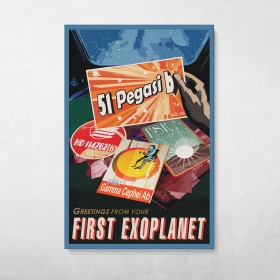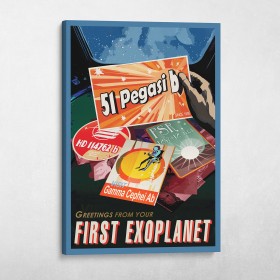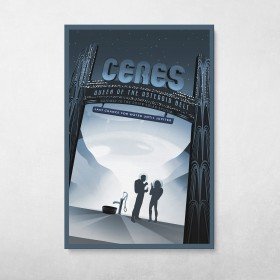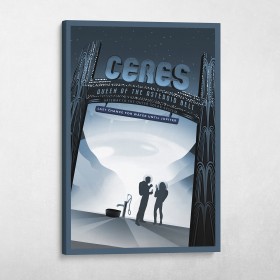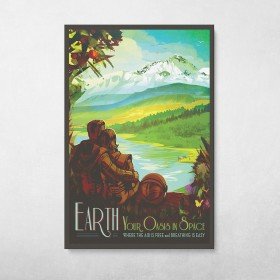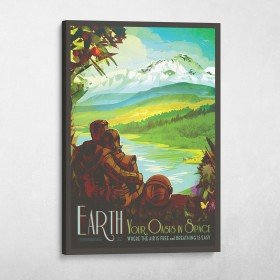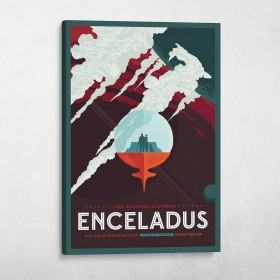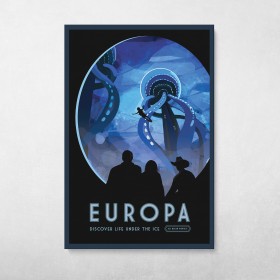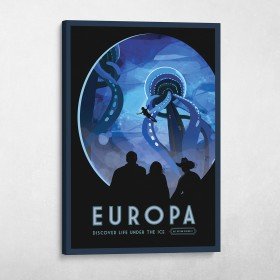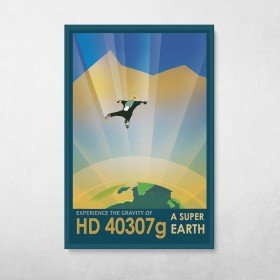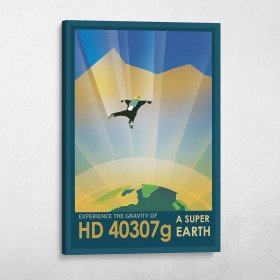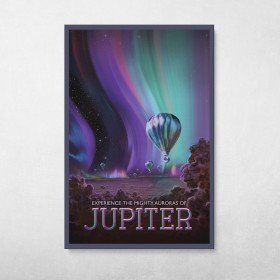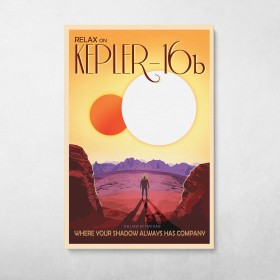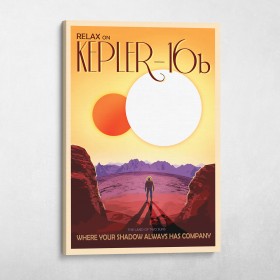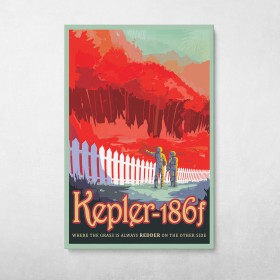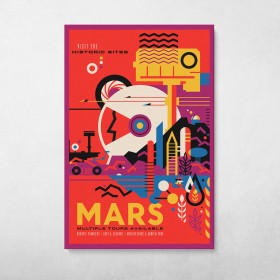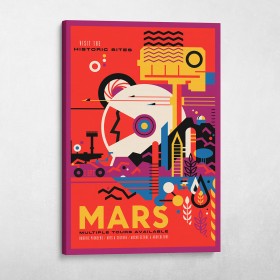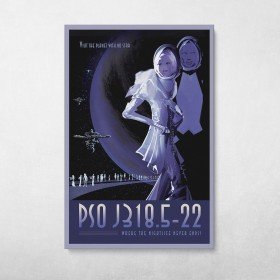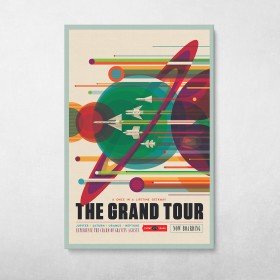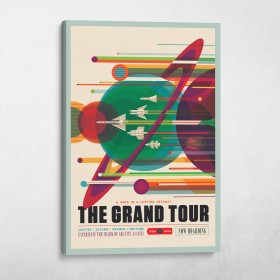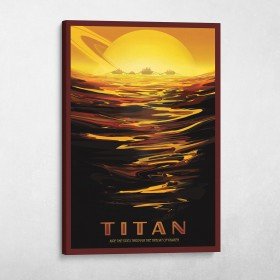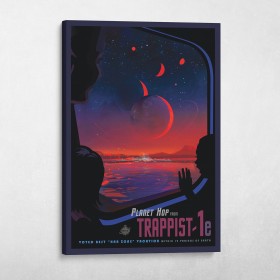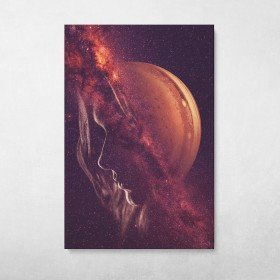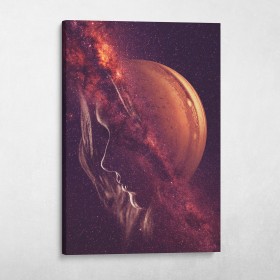
Sci-Fi
NASA Travel - 51 Pegasi B
From $69.99
While there is much debate over which exoplanet discovery is considered the "first," one stands out from the rest. In 1995, scientists discovered 51 Pegasi b, forever changing the ..
NASA Travel - Ceres
From $69.99
Ceres is the closest dwarf planet to the Sun. It is the largest object in the main asteroid belt between Mars and Jupiter, with an equatorial diameter of about 965 kilometers. Aft..
NASA Travel - Earth
From $69.99
There's no place like home. Warm, wet and with an atmosphere that's just right, Earth is the only place we know of with life – and lots of it. JPL's Earth science missions monitor ..
NASA Travel - Enceladus
From $69.99
The discovery of Enceladus' icy jets and their role in creating Saturn's E-ring is one of the top findings of the Cassini mission to Saturn. Further Cassini mission discoveries rev..
NASA Travel - Europa
From $69.99
Astonishing geology and the potential to host the conditions for simple life make Jupiter's moon Europa a fascinating destination for future exploration. Beneath its icy surface, E..
NASA Travel - HD 40307g
From $69.99
Twice as big in volume as the Earth, HD 40307g straddles the line between "Super-Earth" and "mini-Neptune" and scientists aren't sure if it has a rocky surface or one that's buried..
NASA Travel - Jupiter
From $69.99
The Jovian cloudscape boasts the most spectacular light show in the solar system, with northern and southern lights to dazzle even the most jaded space traveler. Jupiter's auroras ..
NASA Travel - Kepler 16b
From $69.99
Like Luke Skywalker's planet "Tatooine" in Star Wars, Kepler-16b orbits a pair of stars. Depicted here as a terrestrial planet, Kepler-16b might also be a gas giant like Saturn. Pr..
NASA Travel - Kepler 186f
From $69.99
Kepler-186f is the first Earth-size planet discovered in the potentially 'habitable zone' around another star, where liquid water could exist on the planet's surface. Its star is m..
NASA Travel - Mars
From $69.99
NASA's Mars Exploration Program seeks to understand whether Mars was, is, or can be a habitable world. Missions like Mars Pathfinder, Mars Exploration Rovers, Mars Science Laborato..
NASA Travel - PSO J318
From $69.99
Discovered in October 2013 using direct imaging, PSO J318.5-22 belongs to a special class of planets called rogue, or free-floating, planets. Wandering alone in the galaxy, they do..
NASA Travel - The Grand Tour
From $69.99
NASA's Voyager mission took advantage of a once-every-175-year alignment of the outer planets for a grand tour of the solar system. The twin spacecraft revealed details about Jupit..
NASA Travel - Titan
From $69.99
Frigid and alien, yet similar to our own planet billions of years ago, Saturn's largest moon, Titan, has a thick atmosphere, organic-rich chemistry and a surface shaped by rivers a..
NASA Travel - Trappist
From $69.99
Some 40 light-years from Earth, a planet called TRAPPIST-1e offers a heart-stopping view: brilliant objects in a red sky, looming like larger and smaller versions of our own moon. ..

